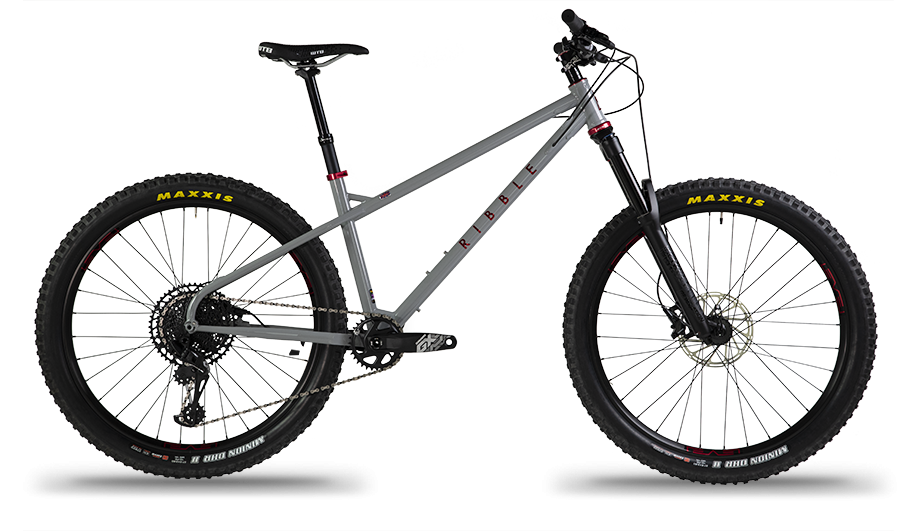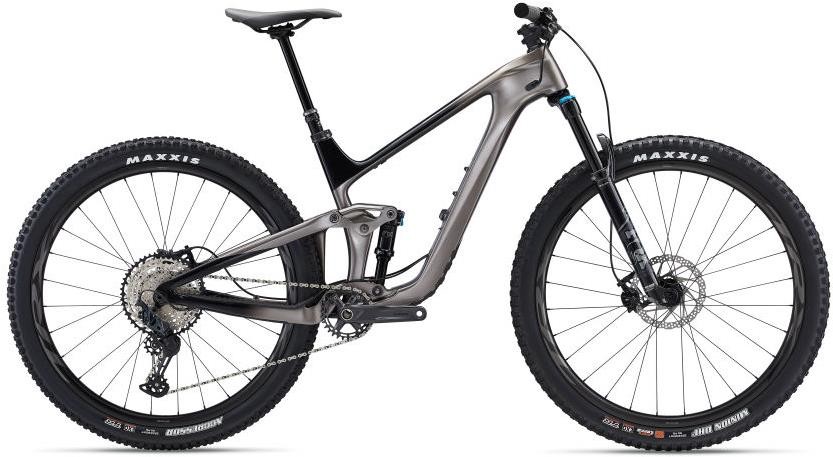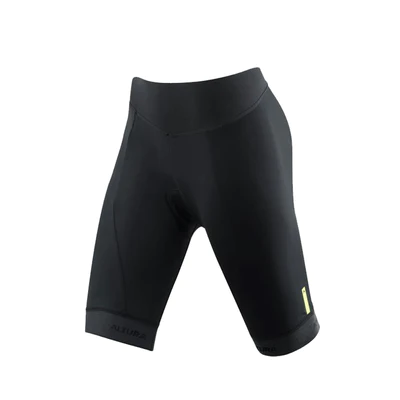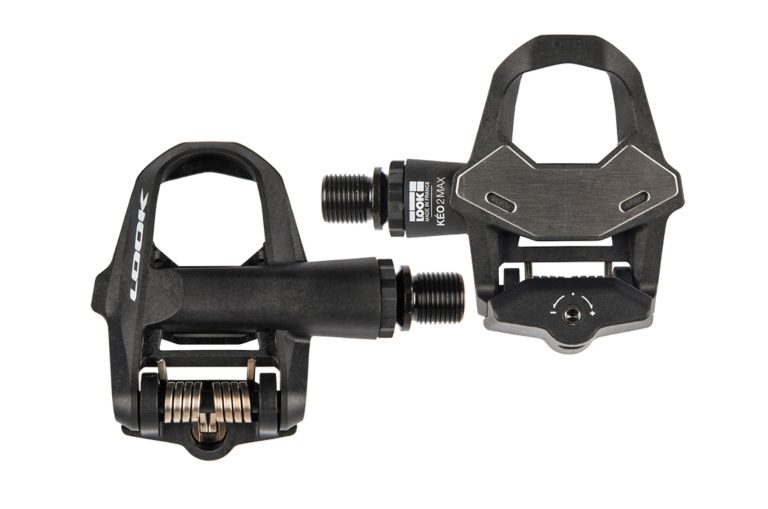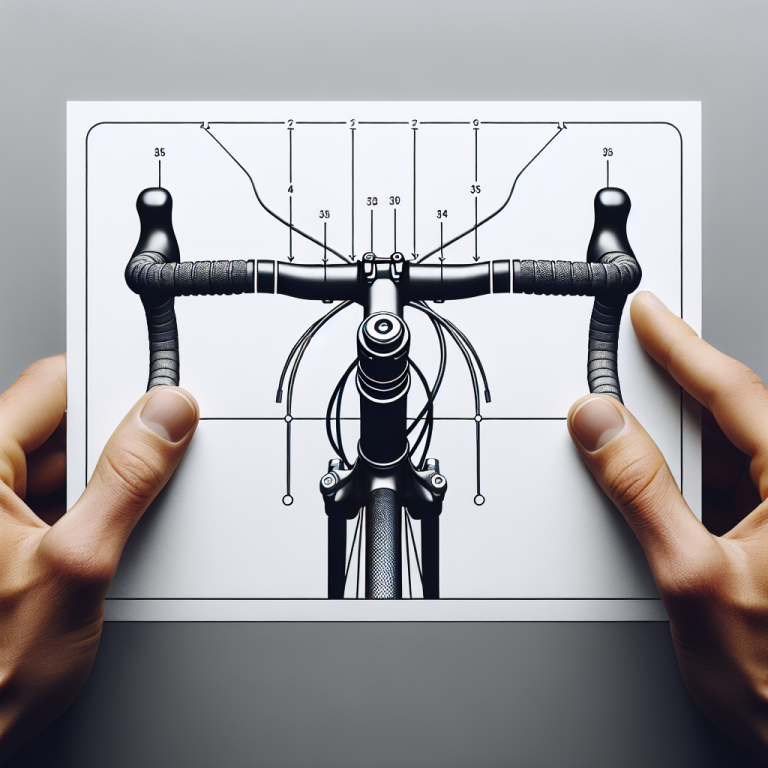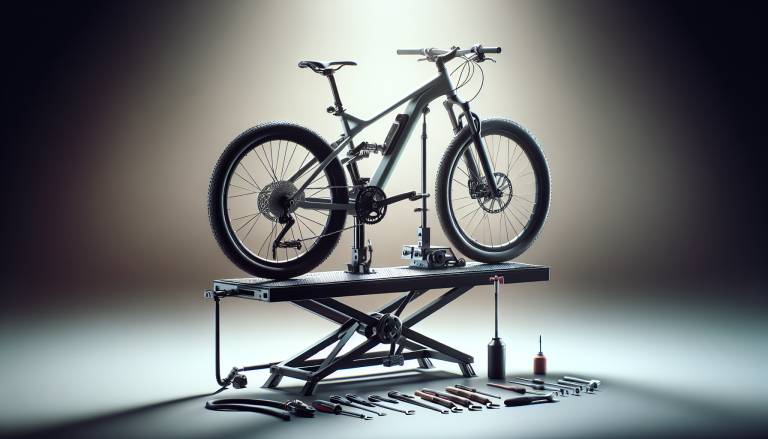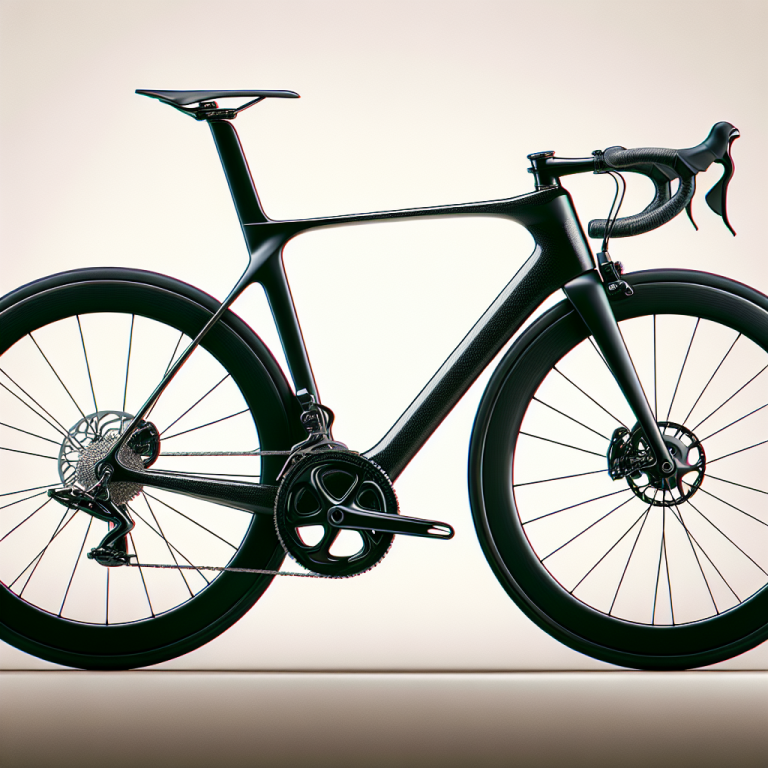You may have come across the term “hard tail bike” before, but do you know what it really means? A hard tail bike is a type of mountain bike that does not have rear suspension. Instead, it features a rigid frame combined with front suspension forks. This article will give you a better understanding of what a hard tail bike is and why it might be the right choice for your cycling adventures. Whether you are a seasoned rider or new to the world of mountain biking, discovering the benefits of a hard tail bike can greatly enhance your riding experience. So, let’s dive into the world of hard tail bikes and explore why they are a popular choice among cyclists.
Table of Contents
ToggleWhat is a Hard Tail Bike?
A hard tail bike is a type of mountain bike that features a suspension fork in the front but lacks any suspension in the rear. The term “hard tail” refers to the rigid or solid frame in the rear of the bike, which does not have any shock absorption mechanisms like a full suspension bike. This design provides a unique riding experience and offers several benefits to riders who prefer a more traditional and efficient mountain biking experience.
Definition of a Hard Tail Bike
A hard tail bike is essentially a mountain bike that has suspension only in the front fork, while the rear remains rigid. This means that when you ride a hard tail bike, you’ll feel all the bumps, rocks, and roots on the trail through your rear end. However, the front suspension fork helps to absorb some of the impact from rough terrain, providing a smoother ride compared to a fully rigid bike.
Difference Between Hard Tail and Full Suspension Bikes
The main difference between a hard tail bike and a full suspension bike lies in their suspension systems. A full suspension bike has both a front suspension fork and a rear shock, which work together to absorb impacts and provide a more comfortable and controlled ride. On the other hand, a hard tail bike only has a suspension fork in the front and lacks any suspension in the rear.
While a full suspension bike offers better overall suspension performance, a hard tail bike has its own advantages that make it a popular choice among mountain bikers. A hard tail bike is generally lighter, more efficient in terms of power transfer, and easier to maintain compared to a full suspension bike. Additionally, hard tail bikes tend to be more affordable, making them a great option for riders on a budget.
Advantages of Riding a Hard Tail Bike
There are several advantages to riding a hard tail bike. Firstly, the lack of rear suspension makes hard tail bikes lighter and more responsive on climbs and smooth terrain. With less weight to carry and fewer moving parts, hard tail bikes can be more efficient in terms of power transfer, enabling riders to pedal harder and accelerate quicker.
Secondly, hard tail bikes often provide a more direct and connected feel to the trail. By eliminating the rear suspension, riders can feel the terrain beneath them more intimately, allowing for greater control and precision in navigating technical sections. This enhanced feedback can also help riders to develop their riding skills and improve their overall technique.
Another advantage of hard tail bikes is their simplicity and ease of maintenance. With fewer moving parts and no rear shock to service, maintaining a hard tail bike is generally less time-consuming and expensive. This can be particularly appealing for riders who prefer to do their own maintenance or those who live in areas with limited access to bike shops.
Lastly, hard tail bikes are often more affordable than full suspension bikes. Without the added cost of a rear shock and additional components, hard tail bikes are generally priced lower, making them a great choice for riders on a budget or those who are new to mountain biking.
Disadvantages of Riding a Hard Tail Bike
While hard tail bikes offer numerous advantages, it’s important to also consider the disadvantages that come with riding one. The absence of rear suspension means that hard tail bikes can be less forgiving on rough and technical terrain. Bumps, rocks, and roots can be felt more prominently through the rigid rear end, which may result in a less comfortable and potentially jarring ride, especially at higher speeds.
Additionally, having a rigid rear end can impact traction and control when riding over rough terrain. The lack of rear suspension means that the rear wheel may have less contact with the ground, reducing the tire’s ability to maintain traction and potentially compromising control on challenging descents.
It’s also worth noting that hard tail bikes may require more skill and technique to ride effectively over technical trails. Without the rear suspension to help absorb impacts, riders must rely on proper body positioning, line choice, and bike handling skills to navigate obstacles smoothly and safely. This can make hard tail bikes more demanding to ride for beginners or riders who are less experienced in mountain biking.
Components of a Hard Tail Bike
A hard tail bike consists of various components that work together to create a functional and reliable ride. Some common components found on a hard tail bike include:
- Frame: The frame of a hard tail bike provides the main structure and support for all other components. It is typically made from aluminum, carbon fiber, or steel, and varies in geometry depending on the intended use of the bike.
- Suspension Fork: The front suspension fork is one of the defining features of a hard tail bike. It is responsible for absorbing impacts and providing a smoother ride by reducing vibrations and bumps in the trail.
- Wheels and Tyres on a hard tail bikes typically come with either 27.5-inch or 29-inch wheels, each offering its own benefits in terms of maneuverability and rollover ability. The tyres play a crucial role in providing traction and control, with different tread patterns and widths available to suit varying trail conditions.
- Drivetrain: The drivetrain on a hard tail bike consists of the front and rear derailleurs, cassette, chain, and crankset. These components work together to transfer power from the rider’s legs to the rear wheel, allowing for efficient pedaling and speed control.
- Brakes: Hard tail bikes are equipped with either mechanical or hydraulic disc brakes to provide reliable stopping power. Disc brakes offer better modulation and performance compared to traditional rim brakes, making them ideal for off-road riding.
- Handlebars and Controls: The handlebars, stem, and grips allow the rider to control and navigate the bike. Different handlebar widths, shapes, and rise options are available to suit the rider’s preference and riding style.
Types of Hard Tail Bikes
There are several types of hard tail bikes available, each designed for specific disciplines or terrain types. Some common types include:
- Cross-country (XC) Hardtails: These bikes are built for speed and efficiency on smooth and rolling terrain. They typically feature lighter frames, steeper geometry, and narrower tires to maximize pedaling efficiency and maneuverability.
- Trail Hardtails: Trail hardtails are versatile bikes that are designed to handle a wide range of terrain, from singletrack trails to more technical and challenging descents. They often have slightly slacker geometry, wider tires, and longer travel suspension forks to provide better stability and control.
- Fat Bikes: Fat bikes feature exceptionally wide tyres, typically ranging from 3.8 to 5 inches, which allow for riding on snow, sand, or other soft surfaces. These bikes offer excellent traction and stability, making them a popular choice for winter riding or exploring unconventional terrain.
- Dirt Jump Bikes: Dirt jump bikes are specifically designed for jumping and performing tricks on dirt jumps and in bike parks. They have shorter and stronger frames, rigid forks, and typically run single-speed drivetrains for simplicity and durability.
Choosing the Right Hard Tail Bike for Your Riding Style
When it comes to choosing the right hard tail bike for your riding style, there are several factors to consider. Firstly, think about the type of terrain you’ll be riding on most frequently. If you primarily ride smooth XC trails, a lightweight and nimble XC hardtail might be the best choice. On the other hand, if you enjoy technical descents and challenging trails, a trail hardtail with wider tyres and longer travel suspension fork would suit you better.
Consider your skill level and the progression you’d like to make in your riding. If you’re a beginner, a more forgiving and versatile trail hardtail might be a good option, whereas more experienced riders might prefer a more specialized bike for specific disciplines such as dirt jumping or fat biking.
Take your budget into account as well. While hard tail bikes tend to be more affordable than full suspension bikes, prices can still vary significantly depending on the components and materials used. Determine your budget and prioritize the features that are most important to you, whether it’s higher-end drivetrain components, upgraded suspension, or lightweight frame materials.
Finally, try out different bikes before making a purchase decision. Visit your local bike shop and take some test rides to get a feel for the different models and frame sizes. Pay attention to the bike’s fit, comfort, and handling to ensure it’s a good match for your body and riding preferences.
Maintenance and Care for a Hard Tail Bike
Proper maintenance and care are essential for keeping your hard tail bike in optimal condition and ensuring a long lifespan. Here are some key maintenance tasks to prioritize:
- Keep it clean: Regularly clean your bike to remove dirt, mud, and debris that can cause wear and damage. Use a gentle brush, water, and a mild detergent to clean the frame, drivetrain, and suspension fork. Avoid using high-pressure washers as they can force water into sealed bearings and other sensitive components.
- Lubricate moving parts: Apply lubricant to the chain, derailleurs, brake and shift cables, and other moving parts regularly to reduce friction and ensure smooth operation. Use a bike-specific lubricant and follow the manufacturer’s instructions for application.
- Check tire pressure: Maintain the appropriate tire pressure to maximize grip, reduce rolling resistance, and prevent flats. Use a tyre pressure gauge to ensure the tyres are inflated to the recommended pressure as specified on the tire sidewall or in the bike’s user manual.
- Inspect and tighten bolts: Regularly inspect all bolts and fasteners on your bike to ensure they are tight and secure. If any bolts are loose, use the appropriate tools to tighten them to the manufacturer’s recommended torque specifications.
- Suspension maintenance: If your hard tail bike has a suspension fork, it will require occasional maintenance to keep it functioning properly. Refer to the manufacturer’s instructions for recommended service intervals and procedures. This may include cleaning and lubricating stanchions, checking for proper air pressure or spring preload, and replacing worn seals or bushings.
- Replace worn components: Keep an eye on the condition of your bike’s drivetrain, brake pads, tyres, and other wear-prone components. Replace them as needed to ensure optimal performance and safety. Regularly inspect the frame for any cracks or damage and address any issues promptly.
By following these maintenance tasks, you can ensure that your hard tail bike remains reliable and performs at its best, allowing you to enjoy countless hours of riding pleasure.
Common Misconceptions About Hard Tail Bikes
There are a few common misconceptions surrounding hard tail bikes that it’s important to address. One misconception is that hard tail bikes are only suitable for beginners or riders on a budget. While hard tails can be a great choice for beginners or those on a tighter budget, they are also favored by experienced riders who appreciate their efficiency, responsiveness, and ability to provide a more direct connection to the trail.
Another misconception is that hard tail bikes are not suitable for technical or rough terrain. While it’s true that the lack of rear suspension can make hard tails less forgiving on extremely rough trails, skilled riders can often navigate technical terrain effectively with proper technique and bike handling skills. It’s important to choose the right type of hard tail bike with appropriate geometry, suspension travel, and tire size to match your intended riding style and terrain.
Conclusion
In conclusion, a hard tail bike offers a unique and enjoyable riding experience for mountain bikers. With their lighter weight, efficient power transfer, and more direct trail feedback, hard tail bikes have become a popular choice among riders looking for simplicity, affordability, and a more traditional mountain biking experience. Whether you’re a beginner or an experienced rider, choosing the right hard tail bike for your riding style and maintaining it properly will ensure many thrilling and rewarding adventures on the trails.

